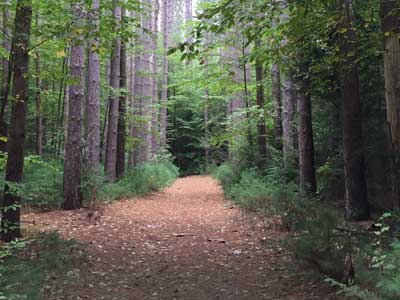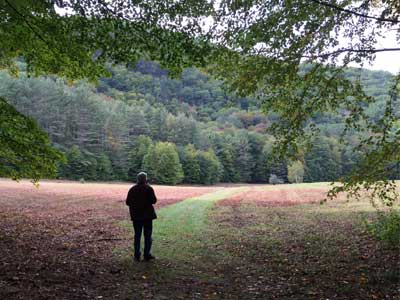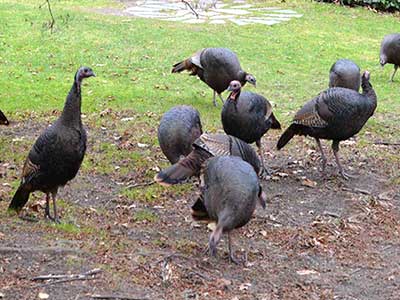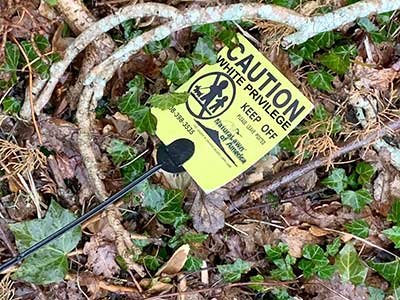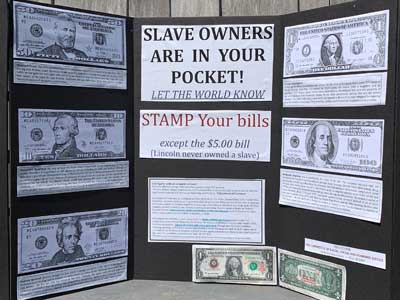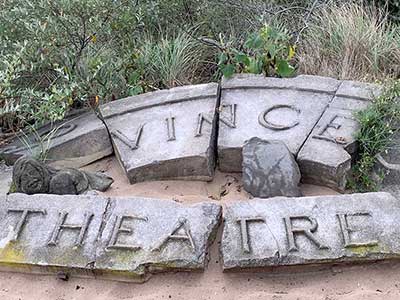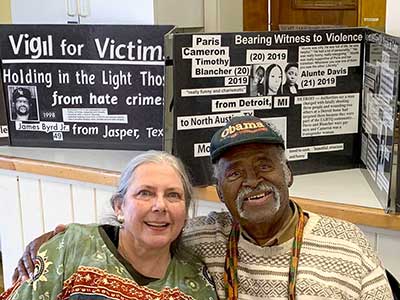by Grace Ebert | June 2020
When Adrian Brandon starts to color a portrait, he sets a timer. For his rendering of Breonna Taylor, the clock is set to 26 minutes—for George Floyd, 46 minutes, for Tony McDade, 38, and for Aiyana Stanley Jones, just seven. “When the alarm sounds, I am hit with a wave of emotions ranging from anger, to deep sadness, to hopelessness, to feeling lucky that I am still here,” he says. The Brooklyn-based artist is working on Stolen, a series of partially filled-in depictions of Black people murdered by police. Each portrait remains incomplete as Brandon only colors one minute for each year of the subject’s life before it was cut short. “Aside from being able to give the viewer a visual of the various ages affected by police violence, the timer creates a lot of anxiety for me as the artist,” he says, wondering, “’When is the timer going off?’ ‘Will I be able to finish this eye?’ ‘Damn, I haven’t even gotten to the lips yet.’”
TAGS: [Strategies] [2020’s] [Art & Culture] [Racial Terrorism] [Police Shootings] [Policing] [Systemic Racism] [Black Lives Matter] [Advocacy]
by Aaron Morrison | March 2021
White supremacist propaganda reached alarming levels across the U.S. in 2020, according to a new report that the Anti-Defamation League provided to The Associated Press. … Massachusetts was among states that saw the highest levels, also including Texas, Washington, California, New Jersey, New York, Virginia and Pennsylvania, according to the report. The propaganda appeared in every state except Hawaii.
TAGS: [Strategies] [2020’s] [White Supremacy] [Justice System] [Systemic Racism] [Black Lives Matter] [Policing] [“All Lives Matter”] [Accountability]
by Dana Hedgpeth | March 2021
More than 180 years ago, the federal government launched the largest effort of its kind in the United States to vaccinate Native Americans against the deadly disease of smallpox… In 1832, Congress passed legislation — the Indian Vaccination Act — that allowed the federal government to use about $17,000 to hire doctors to vaccinate Native Americans who were living near White frontier settlements. Many White settlers feared that Indians would spread the disease to them. “It wasn’t in the interest of Indian people,” said Pecos, who is also co-director of the Leadership Institute at the Santa Fe Indian School. “It was a way of vaccinating them to move them so White Americans could move them into Western lands.”
TAGS: [Strategies] [2020’s] [Indigenous] [Health Disparities] [Politics] [Social Justice] [Systemic Racism] [Racial Terrorism] [Definitions] [White Supremacy] [White Culture] [White Privilege] [Silencing POC] [History]
by Brian S. Feldman | May 2017
The last thirty years also have brought the wholesale collapse of black-owned independent businesses and financial institutions that once anchored black communities across the country. In 1985, sixty black-owned banks were providing financial services to their communities; today, just twenty-three remain. In eleven states that headquartered black-owned banks in 1994, not a single one is still in business. Of the fifty black-owned insurance companies that operated during the 1980s, today just two remain. Over the same period, tens of thousands of black-owned retail establishments and local service companies also have disappeared, having gone out of business or been acquired by larger companies. Reflecting these developments, working-age black Americans have become far less likely to be their own boss than in the 1990s.
TAGS: [Strategies] [2010’s] [Art & Culture] [Justice System] [History] [Economics] [Systemic Racism] [Black Lives Matter] [Social Justice] [Politics] [Slavery] [Civil War] [White Supremacy] [White Privilege] [Racial Covenants] [Racial Terrorism]
by Oliver L. Riskin-Kutz | March 2021
Peabody Museum of Archaeology and Ethnology administrators apologized for the “pain” the museum caused by its refusal to voluntarily return certain funerary objects to Native American tribes and pledged to reverse the policy in response to a letter from the Association on American Indian Affairs last month criticizing the museum. In February, the Association sent a letter to University President Lawrence S. Bacow accusing Harvard of legal and moral violations in the Museum’s practices regarding its collections of Native American human remains and cultural objects. In the letter, the nonprofit said Harvard’s practices are in violation of the Native American Graves Protection and Repatriation Act.
TAGS: [Strategies] [2020’s] [Indigenous] [Art & Culture] [Systemic Racism] [White Culture] [Social Justice]
by SMITHSONIAN VOICES | April 2019
On Friday, April 12, 2019, representatives of the three federally recognized tribes of the Cherokee people—the Cherokee Nation of Oklahoma, Eastern Band of Cherokee Indians, and United Keetoowah Band of Cherokee Indians in Oklahoma—came together at the National Museum of the American Indian in Washington, D.C., for the installation of the Treaty of New Echota in the exhibition Nation to Nation: Treaties Between the United States and American Indian Nations. Negotiated in 1835 by a minority party of Cherokees, challenged by the majority of the Cherokee people and their elected government, the Treaty of New Echota was used by the United States to justify the forced removal of the Cherokees from their homelands along what became known as the Trail of Tears.
TAGS: [Strategies] [2010’s] [Indigenous] [History] [Art & Culture] [White Supremacy] [White Culture] [Systemic Racism] [Politics] [Justice System]
